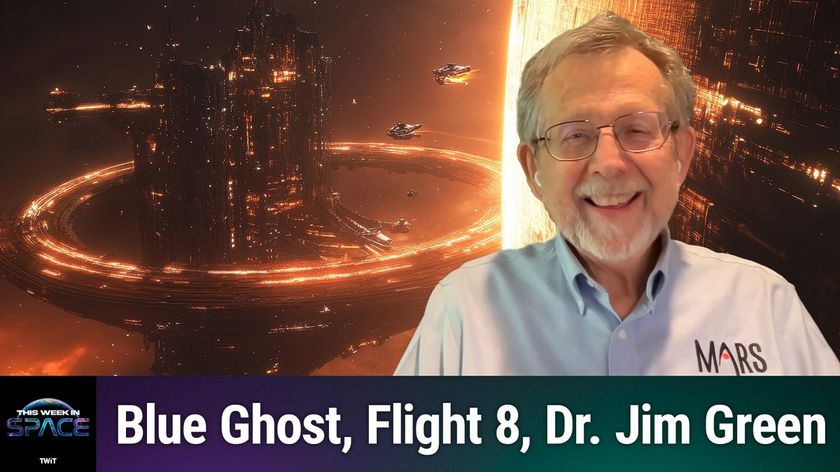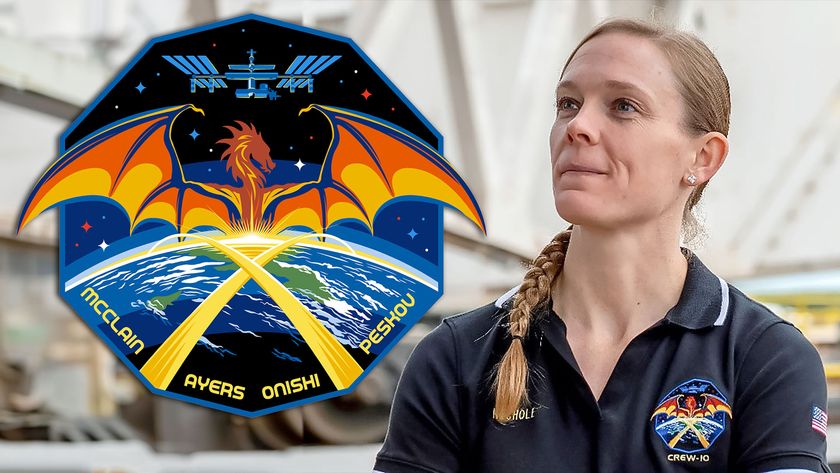SpaceX just lit up multiple engines on its Starship Super Heavy booster for the first time ever.
The company is gearing up for the first orbital test flight of Starship, a fully reusable vehicle that consists of a huge booster called Super Heavy and a 165-foot-tall (50 meters) spacecraft known as Starship. Both elements will be powered by SpaceX's next-gen Raptor engine — 33 of them for Super Heavy and six for Starship.
The ongoing prep work includes "static fire" tests of Booster 7 and Ship 24, the two prototypes that will conduct the coming test flight. (In a static fire, one or more engines are ignited while a vehicle remains anchored to the ground.)
Related: SpaceX fires up Starship Super Heavy booster again in long engine test

Earlier this month, SpaceX performed two static fires with Booster 7 on the orbital launch mount at Starbase, its South Texas facility. Both of those tests involved just one of the vehicle's Raptor engines. Today (Aug. 31), the company upped the ante, lighting up three Raptors on the prototype Super Heavy for about five seconds at 2:03 p.m. EDT (1803 GMT).
That seemed to be the plan, anyway. NASASpaceflight livestreamed the test, and its footage suggests that only two engines may have fully lit up, with the third perhaps aborting. Whether or not the third Raptor joined the party, however, it was still the first multi-engine Super Heavy static fire that SpaceX has performed. (Rocket Ranch Boca Chica also captured imagery of today's test, which we used in this story.)
Starship prototype Ship 24 has conducted such a test before; it lit up two of its six Raptors during a static fire on Aug. 9.
Get the Space.com Newsletter
Breaking space news, the latest updates on rocket launches, skywatching events and more!
The static fire testing will likely continue to spool up from here, with SpaceX adding more and more engines into the mix. The drama will continue to grow, as will the spectacle; watching Booster 7 ignite all 33 of its Raptors for the first time will be quite an event.
There's no firm timetable for any of this, but we should expect brisk movement. SpaceX tends to move fast, and the company apparently aims to launch Booster 7 and Ship 24 in the next few months.
Mike Wall is the author of "Out There" (Grand Central Publishing, 2018; illustrated by Karl Tate), a book about the search for alien life. Follow him on Twitter @michaeldwall. Follow us on Twitter @Spacedotcom or on Facebook.
Join our Space Forums to keep talking space on the latest missions, night sky and more! And if you have a news tip, correction or comment, let us know at: community@space.com.

Michael Wall is a Senior Space Writer with Space.com and joined the team in 2010. He primarily covers exoplanets, spaceflight and military space, but has been known to dabble in the space art beat. His book about the search for alien life, "Out There," was published on Nov. 13, 2018. Before becoming a science writer, Michael worked as a herpetologist and wildlife biologist. He has a Ph.D. in evolutionary biology from the University of Sydney, Australia, a bachelor's degree from the University of Arizona, and a graduate certificate in science writing from the University of California, Santa Cruz. To find out what his latest project is, you can follow Michael on Twitter.










